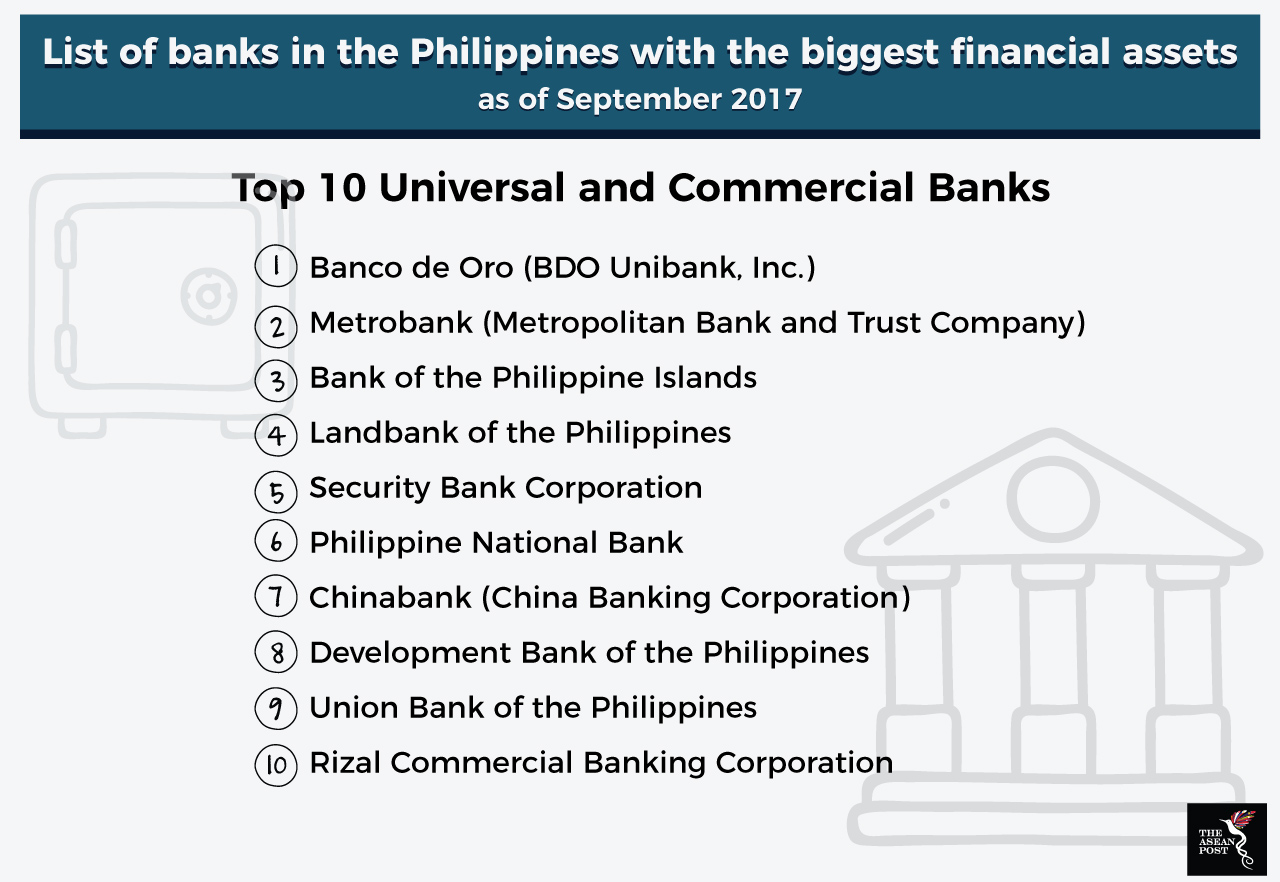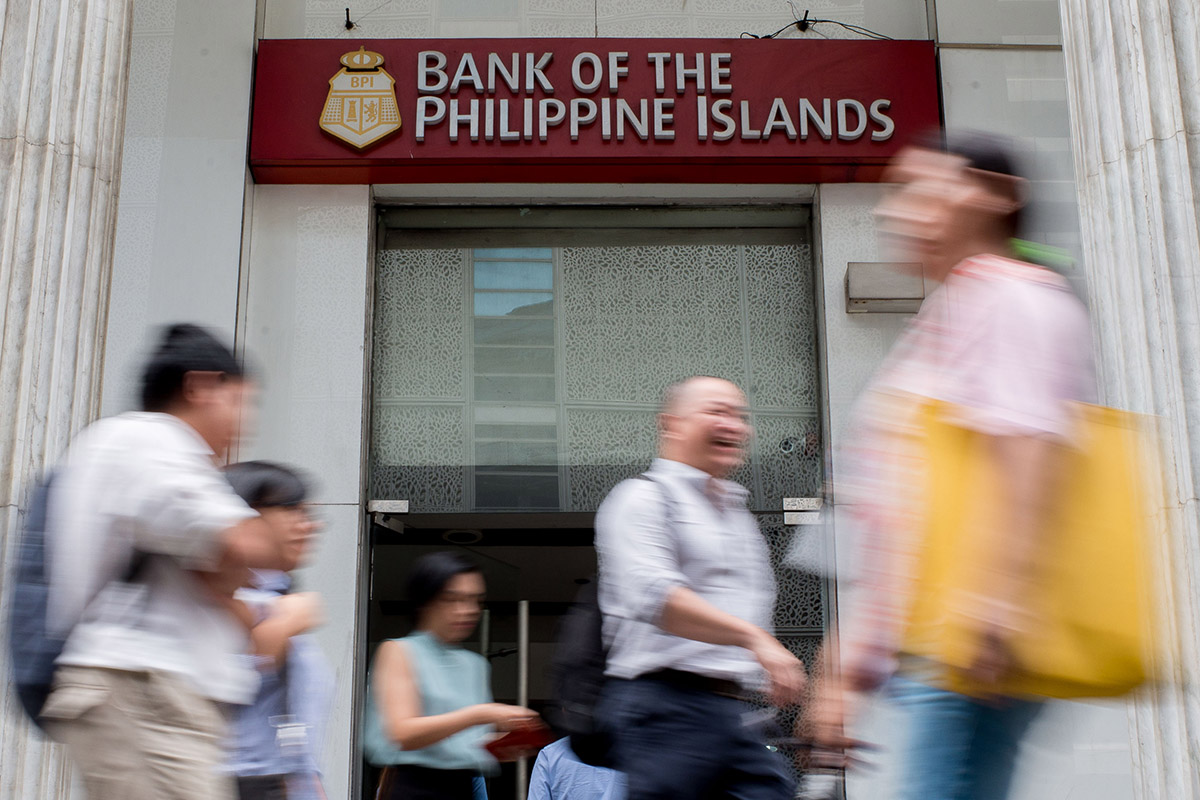The Philippines is fast becoming a hub for foreign banks looking to expand and establish their presence in Southeast Asia. A steady banking system coupled with an educated citizenry are some of the factors drawing international financial institutions to its shores.
The presence of these foreign banks mostly comes in the form of representative offices that are particularly focused on marketing. These offices are important in drawing investment into the country.
In the Philippines, the banking sector is reported to be the single largest component of the financial system and is likely to continue being the main source of finance for the private sector. The country plays host to a banking system that comprises universal and commercial banks, thrift banks, and rural and cooperative banks. Such a diverse range of local financial institutions is a pull factor for foreign banks wanting to grow their presence in the region. For such financial institutions, establishing operations in the Philippines makes good sense.
There are a number of foreign banks that have established their branches in the Philippines. Taiwan’s Hua Nan Commercial Bank Ltd., Cathay United Bank, and First Commercial Bank; Malaysia’s CIMB Bank, Japan’s Sumitomo Mitsui, and Singapore’s United Overseas Bank Ltd. are among some of them.
According to the Asian Development Bank, comprehensive reforms in the banking system of the Philippines have been implemented, which include increased minimum capital requirements, for purposes of strengthening the prudential and supervisory system, as well as safeguarding the financial soundness of the banking system.

Source: Kittelson Carpo Consulting
“These banks will not come here because it’s fashionable. They’re coming here because they see real opportunity. That’s a very strong signal in my view,” said BSP Governor, Nestor Espenilla Jr. in an interview with the international media. Furthermore, Espenilla pointed out that 2017 saw increased momentum in global economic growth, prompting central banks around the world to revert to more neutral positions, while some signalled the possibility of a tighter monetary policy stance over the horizon. However, this stance does not impact the expansion of foreign banks into the Philippines. The opportunity to grow in Southeast Asia through the Philippines has prompted a surge of growth in the banking sector.
Another attractive pull of the Philippines is that its citizens are predominantly English speaking and the country’s hospitality sector is second to none in the region. Foreign banks looking to hire for their operations will not be faced by a language barrier or have to spend large sums of money training locals.
MUFG Bank Ltd., a Tokyo-based institution, is the latest foreign bank that has made the Philippines the site of its Global Services Operations Centre (GSOC). Other GSOC operating banks in the country include J.P. Morgan, Wells Fargo, and HSBC.
Last June, ING bank, a Dutch financial giant unveiled plans to expand its global shared services hub in the Philippines through ING Business Shared Services Inc. The justification for this move is that the bank intends to meet the rising demand for processing services from its wholesale banking operations in Asia and Europe.
The Philippines also boasts 326 ‘ecozones’ which are made up of export processing zones, free trade zones, and industrial estates. By engaging and carrying out business with companies in these zones, a preferential tax treatment is allocated to foreign banks.
On the whole, the Philippines is ready to welcome more foreign banks to its shores. Proper mechanisms have to be put in place so that there are no hiccups that could undermine the good work that has been done in the local banking sector. It is also important for proper checks to be conducted on interested parties that look to expand their business in the Philippines.
